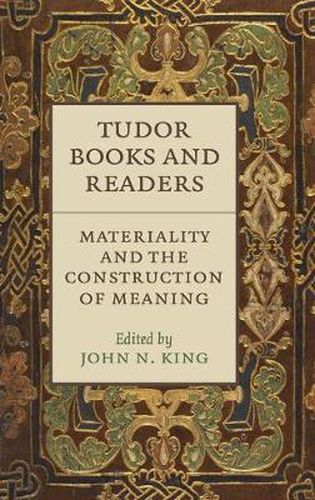Readings Newsletter
Become a Readings Member to make your shopping experience even easier.
Sign in or sign up for free!
You’re not far away from qualifying for FREE standard shipping within Australia
You’ve qualified for FREE standard shipping within Australia
The cart is loading…






The consumption of books is closely intertwined with the material conditions of their production. The Tudor period saw both revolutionary progress in printing technology and the survival of traditional forms of communication from the manuscript era. Offering a comprehensive account of Tudor book culture, these essays by experts in early book history consider the formative years of English printing; book format, marketing, and the reception of books; print, politics, and patronage; and connections between reading and religion. They challenge the conventional view of the 1557 foundation of the Stationers’ Company as an event that marks a shift between older and newer modes of book production, sale, and reading. Both continuity and change led to the gradual development of late medieval book culture into the genuinely early modern book culture that emerged by the death of Queen Elizabeth.
$9.00 standard shipping within Australia
FREE standard shipping within Australia for orders over $100.00
Express & International shipping calculated at checkout
The consumption of books is closely intertwined with the material conditions of their production. The Tudor period saw both revolutionary progress in printing technology and the survival of traditional forms of communication from the manuscript era. Offering a comprehensive account of Tudor book culture, these essays by experts in early book history consider the formative years of English printing; book format, marketing, and the reception of books; print, politics, and patronage; and connections between reading and religion. They challenge the conventional view of the 1557 foundation of the Stationers’ Company as an event that marks a shift between older and newer modes of book production, sale, and reading. Both continuity and change led to the gradual development of late medieval book culture into the genuinely early modern book culture that emerged by the death of Queen Elizabeth.